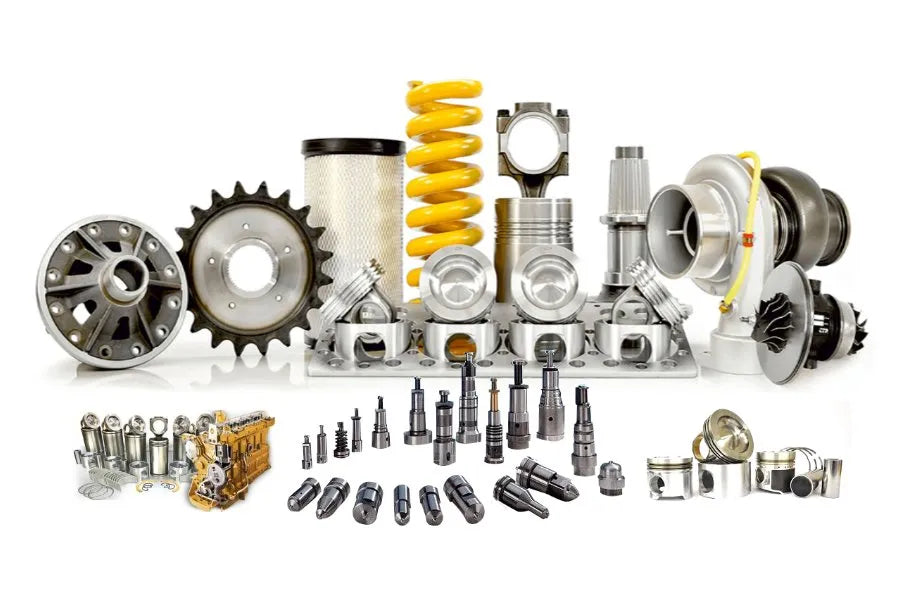Construction machinery serves as the backbone of infrastructure development, providing the heavy lifting and earthmoving capabilities necessary for large-scale projects. At the heart of this machinery lies the engine, a complex system comprising various components working in harmony to deliver power and performance. In this blog post, we explore the intricacies of construction machinery engines, focusing on key parts and their roles in optimizing equipment performance.
-
Cylinder Block and Cylinder Head: The foundation of any engine, the cylinder block houses the cylinders where combustion occurs. Made from durable materials like cast iron, it withstands extreme temperatures and pressures. Mounted atop the cylinder block, the cylinder head seals the combustion chambers and contains vital components such as valves, spark plugs, and fuel injectors. Together, they ensure efficient combustion and heat dissipation.
-
Pistons and Rings: Pistons reciprocate within the cylinders, converting energy from expanding gases into rotational motion. They form a tight seal with the cylinder walls, thanks to piston rings, preventing gas leakage and controlling oil consumption. Proper maintenance of pistons and rings is crucial for maintaining compression and maximizing power output.
-
Crankshaft and Bearings: The crankshaft converts reciprocating motion from the pistons into rotational motion, driving external components such as the transmission or hydraulic pump. Supported by bearings within the engine block, it undergoes significant stress during operation. Regular inspection and lubrication are essential for preventing wear and ensuring smooth operation.
-
Fuel System Components: The fuel system delivers fuel to the combustion chambers for ignition and power generation. It comprises components such as fuel injectors, pumps, filters, and lines. Proper maintenance of the fuel system is essential for optimizing fuel efficiency, preventing engine damage, and reducing emissions.
-
Air Intake and Exhaust System: The air intake system delivers air to the combustion chambers, while the exhaust system removes combustion by-products. Components such as air filters, turbochargers, and exhaust manifolds play crucial roles in ensuring proper air-fuel mixture and efficient exhaust gas evacuation.
-
Cooling System: Engines generate a significant amount of heat during operation, necessitating efficient cooling systems. Radiators, coolant pumps, hoses, and thermostats work together to maintain optimal operating temperatures, preventing overheating and ensuring engine longevity.
-
Electrical System: Modern construction machinery engines feature sophisticated electrical systems comprising starters, alternators, sensors, and control modules. These components facilitate engine start-up, monitor performance, and ensure smooth operation under varying conditions.
In conclusion, construction machinery engines consist of intricate systems comprising various components, each playing a vital role in delivering power, efficiency, and reliability. By understanding these engine parts and implementing proper maintenance practices, equipment operators can ensure optimal performance and prolong the lifespan of their machinery. Regular inspections, timely repairs, and the use of genuine parts are key to maximizing productivity and minimizing downtime on construction sites.

